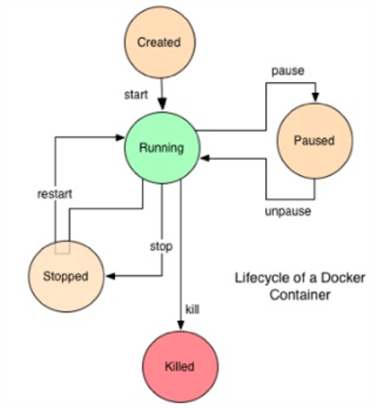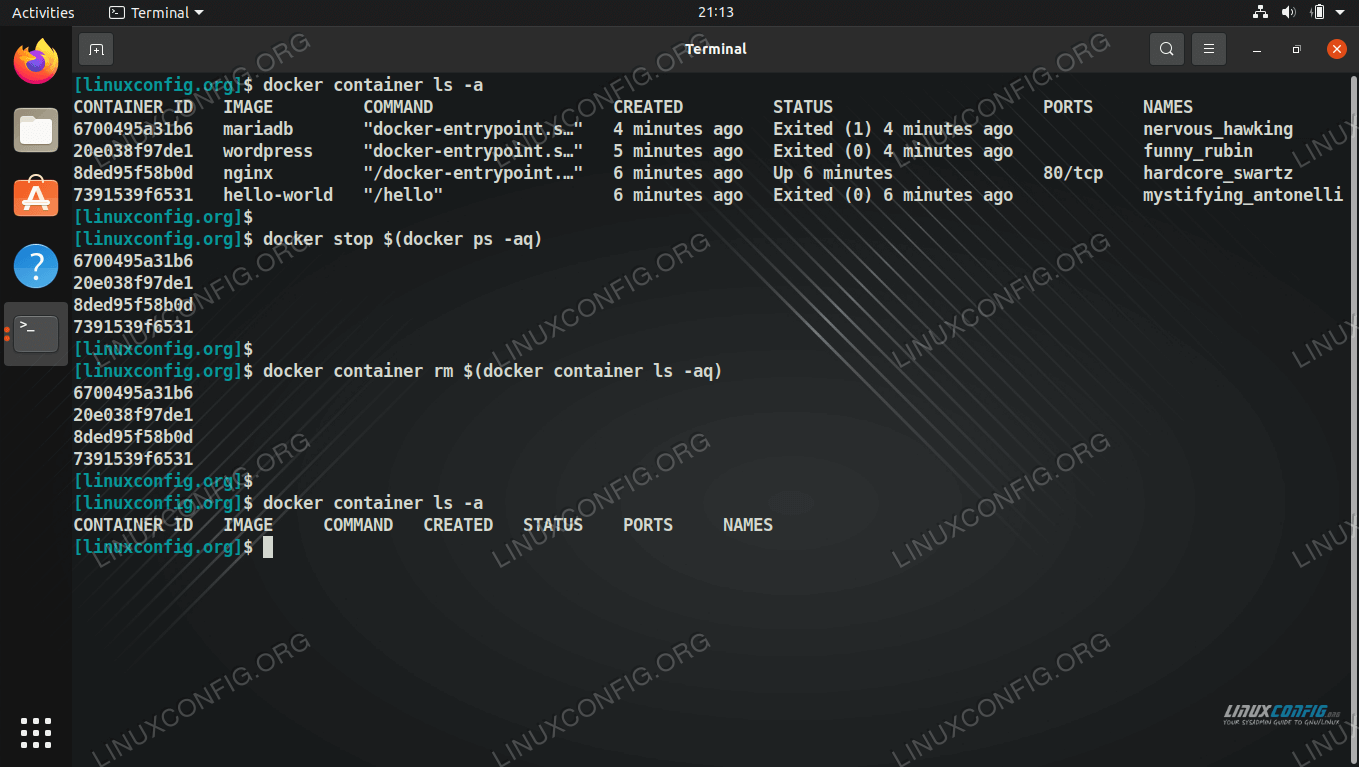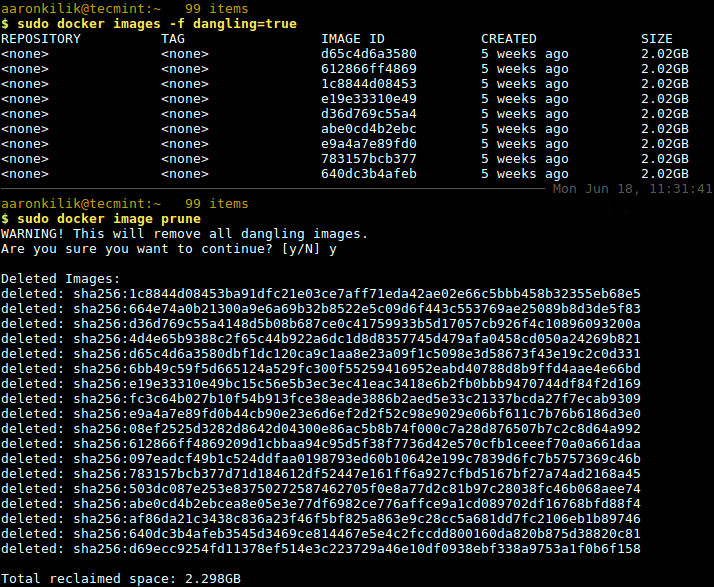

The following multi-platform Docker images are available: Your container is already running you may need to restart it for the changes to take effect. The GitLab Runner container imports the ca.crt file on startup so if The ca.crt file should contain the root certificates of all the servers you e "CA_CERTIFICATES_PATH=/DIR/CERT" configuration option.Ĭopy the ca.crt file into the certs directory on the data volume (or container). The gitlab/gitlab-runner image is configured to look for the trusted SSLĬertificates at /etc/gitlab-runner/certs/ca.crt, this can however be changed using the Make sure the GitLab CI server certificate is trusted by the GitLab RunnerĬontainer for them to be able to talk to each other. If your GitLab CI server is using self-signed SSL certificates then you should Installing trusted SSL server certificates You may find more information about handling container logs at the Docker documentation
DOCKER REMOVE CONTAINER NOT RUNNING HOW TO
If you’d like to know how to get the best out of your servers, we’d be happy to talk to you.Where gitlab-runner is the name of the container, set with -name gitlab-runner by We also give recommendations to server owners on how to manage their server resources effectively. In such cases, we do further actions such as adding more disk space. Our monitoring script alerts us when the disk space goes above 75%, even after all the clean up tasks done. We automate these tasks using routine scripts.īut we do check the container contents and take necessary backups before removing them, to avoid no accidental deletion of data with the automated scripts. Manually clearing the images to create disk space every now and then, would be tiring. In case any container is using that image, it would show a warning message when you try to remove it. You can do a batch-cleanup of containers by listing the untagged images and deleting them, using this single command: docker rmi $(docker images -f "dangling=true" -q) The command ‘docker images –filter “dangling=true”‘ will display untagged images, that are not used by any containers. Since the dangling images cause wastage of disk space, they need to be deleted periodically to clear up the disk space for efficient functioning of the server. The 'repo:tag' for dangling images would be shown as : or untagged when the command ‘docker images’ is executed. For instance, an Ubuntu Docker image may have ‘Ubuntu’ as the repository name and ‘latest’ as the tag.Īs the name suggest, a dangling image in Docker is something that is inactive and not being used by any other running images. To entirely wipe out all the Docker containers, the command used is: docker rm $(docker ps -a -q) What are dangling images?Įvery Docker image has a repository name and tag associated with it. docker rm $( docker ps -q -f status=exited) ‘docker rm’ command is then used to remove all the containers that are not running (exited). If you are no longer using some containers and they have exited running, this is how you can remove them.įirst get a list of all containers using ‘docker ps -a -q’ command. So, its important to clear the cache regularly. In the long run, you will find your Docker machine running out of disk space, as a result of all the Docker images here and there.

The size of a Docker image is the total space taken up by the image and all its parent images. This is referred to as busting the cache. The Dockerfile command in such cases would look like ‘docker build –no-cache=true’.Īnother major concern is that the Docker images in the cache take up disk space. In such cases, we can specifically give instructions not to use the cache.
DOCKER REMOVE CONTAINER NOT RUNNING CODE
While Docker cache helps speed up container creation process, there are certain situations where using the Docker cache will fail the purpose.įor instance, in the case of a source code checkout, we need the latest code to be available. Unless explicitly instructed, Docker always looks for an existing image in its cache, whenever a new container is created. Reusing images from the cache helps to speed up the container deployment process in Docker. This creates a new Docker image, which is stored in the folder ‘/var/lib/docker’ by default.ĭuring further runs of Dockerfile, Docker will create and commit a new layer to the already existing image.

Whenever a container is created for the first time, its corresponding Dockerfile is also executed for the first time.

Today, we’ll take a look at how Docker cache buildup can be prevented, and cleaned up regularly.


 0 kommentar(er)
0 kommentar(er)
